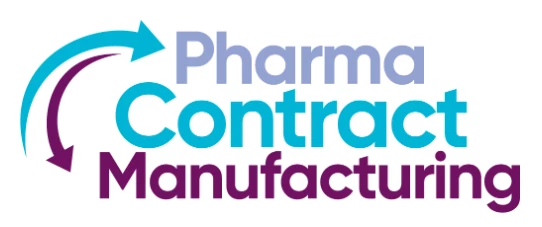Improving Hospital Efficiency Through Technology
Add bookmarkAn ageing population and the increasing number of conditions becoming treatable, means that efficient hospital management is essential to ensure patients are provided with timely and appropriate care.
Taking Australia as an example, a recent study by Ian Scott, director of Internal Medicine and Clinical Epidemiology at Princess Alexandria Hospital in Brisbane, suggested that if current trends continue, by the year 2050 there will need to be a 62 per cent increase in available hospital beds in the country.
The cost of this increase in capacity would cost the equivalent of the country's entire health budget, meaning practical solutions must be found to address the issue.
In terms of improvements of internal processes, Scott recommends "reviewing and redesigning" the way in which various departments work with each other in accordance with lean principles as part of the solution. He also advocates the use of more rigorous bed management systems, including the "realtime monitoring of bed status using appropriate information technology."
While the solutions Scott suggests are applied to the Australian healthcare system, the statements he makes could ring true with many health care organisations worldwide.
Improved processes
SingHealth is one of the organisations looking to enhance its procedures, and ultimately the quality of patient care, through information technology. The company is the largest health care provider in Singapore with three hospitals, five national speciality centres and nine polyclinics.
Last year the health care group signed a ten-year agreement with Microsoft to establish an integrated radiology management system, which will allow for real time collection and synchronisation of results from radiology information systems.
This in turn is intended to improve the "operation efficiency" of all staff working within radiology and enhance patient care through "reduced risk of mismatch of patients' results and images, as well as shorter waiting time due to faster turnaround time for results."
[inlinead]
The partnership will help enhance the features of the Amalga Hospital Information System, used in SingHealth's facilities and replace the Radiology Information System and Picture Archiving and Communication System.
Dr. Chong Yoke Sin, chief executive officer of Integrated Health Information Systems, said: "Each year, our clinicians manage over one million radiology studies. So by adopting this new platform, we will not only increase our clinical workflow efficiency but patients can be assured of greater data integrity, which will lead to more accurate and timely diagnoses."
Microsoft is also working with healthcare providers in Thailand, Malaysia and China on e-health solutions.
RFID use in hospitals
Radio frequency identification (RFID) technology is already used in multiple sectors, including hospitals and the pharmaceutical industry. A recent report by IDTechEx found that the global market for RFID will be worth $5.63 billion (£3.62 billion) in 2010, with 2.31 billion individual tags being sold.
Most of these were the high frequency tags, which are used among other things for the tracking of drugs. Technological advancements also mean that RFID systems are now being used to provide real time location information.
Examples where RFID technology is already being used in this manner to improve processes include Bamberg Hospital and Universitats Klinikum in Germany, which use RFID to locate blood and match it to patients within the hospitals.
Apollo Hospital Chennai also utilises the technology during annual patient checkups to track their movement through the hospital which allows for better use of resources and cuts waiting times, IDTechEx highlighted.
United States-based company RaderFind has advanced its realtime location RFID systems further with the inclusion of an alarm system. Mary Washington Hospital of Fredericksburg, Virginia uses the system to inform staff via pager or email when telemetry units are near an exit or laundry facility, preventing costly loss or damage. It can also trigger a visual or audio alarm.
Andy Holden, director of biomedical services for Mary Washington Hospital, said: "This security component increases the system's effectiveness to reduce waste, help maintain costs and improve the efficiency of hospital processes."
Have Your Say
Rate this feature and give us your feedback in the comments section below




















